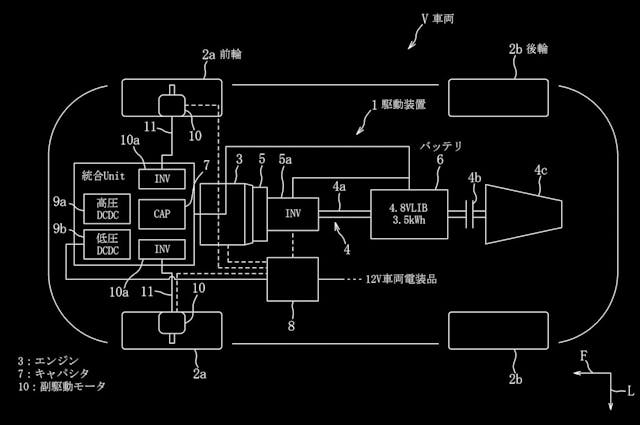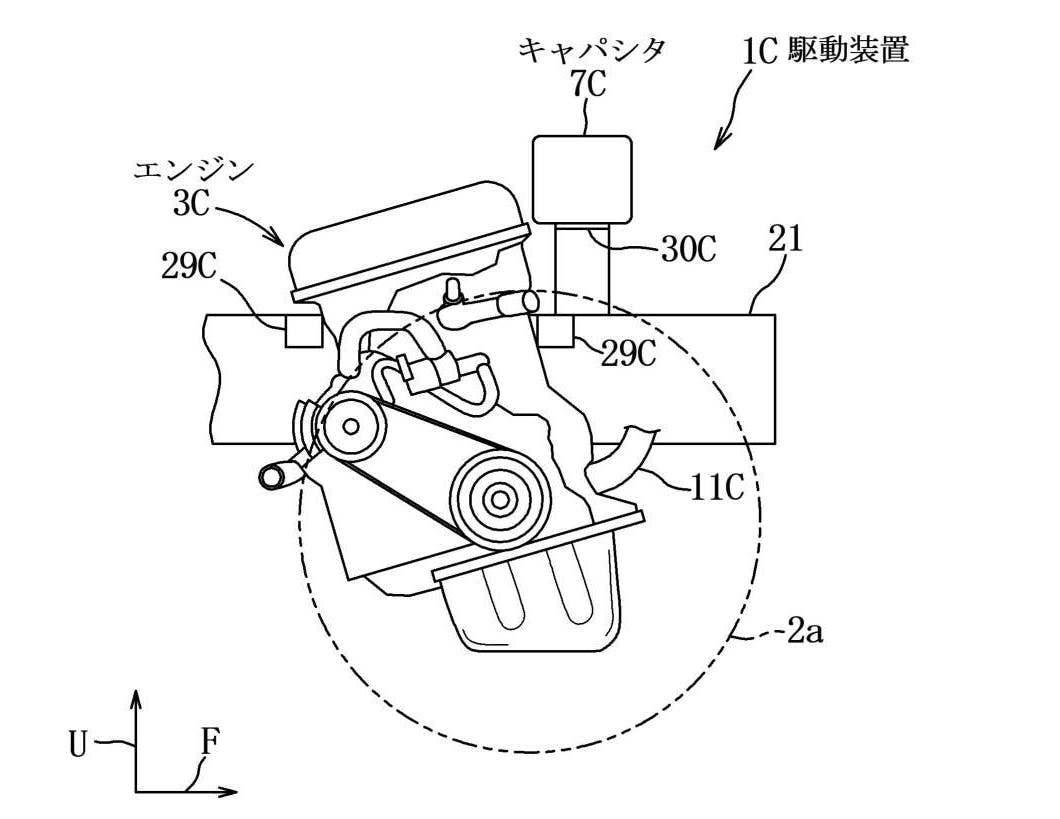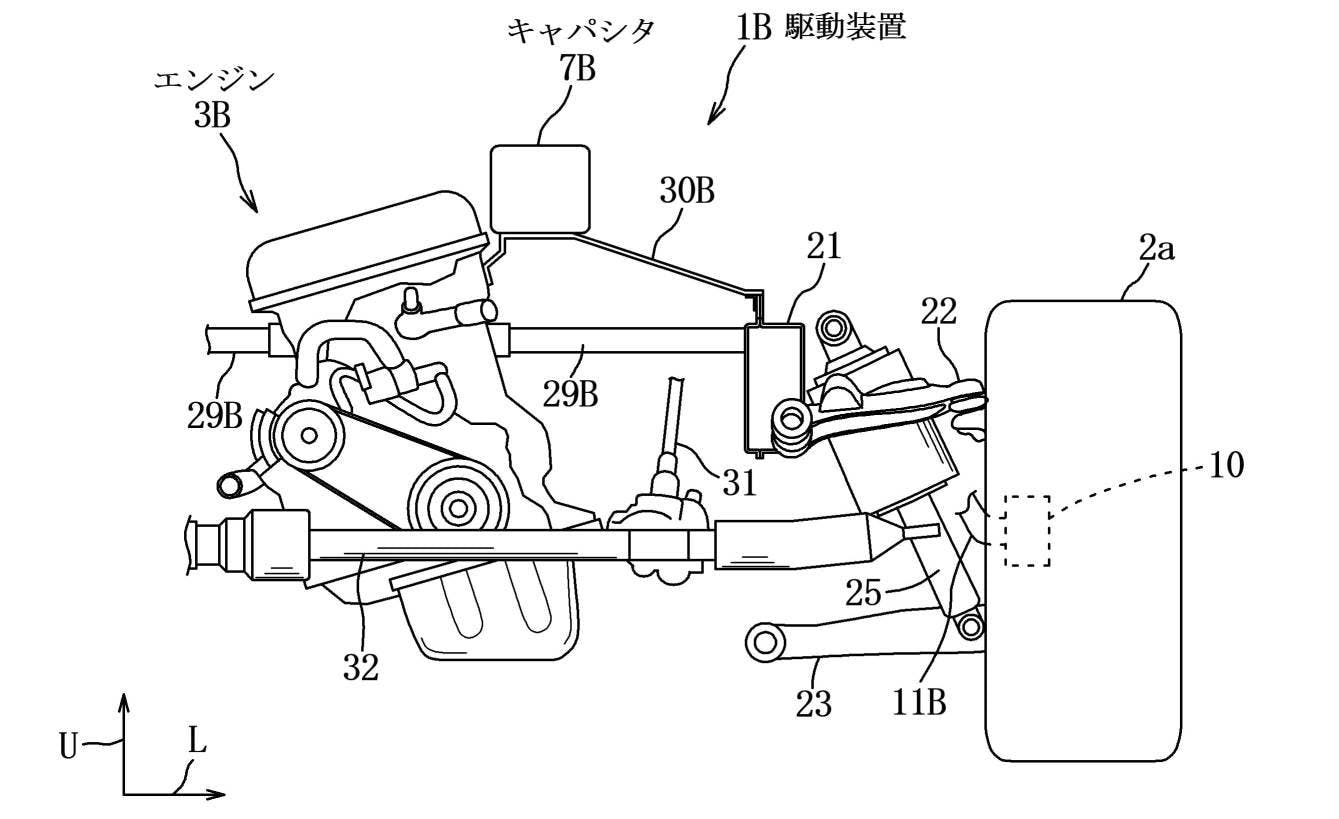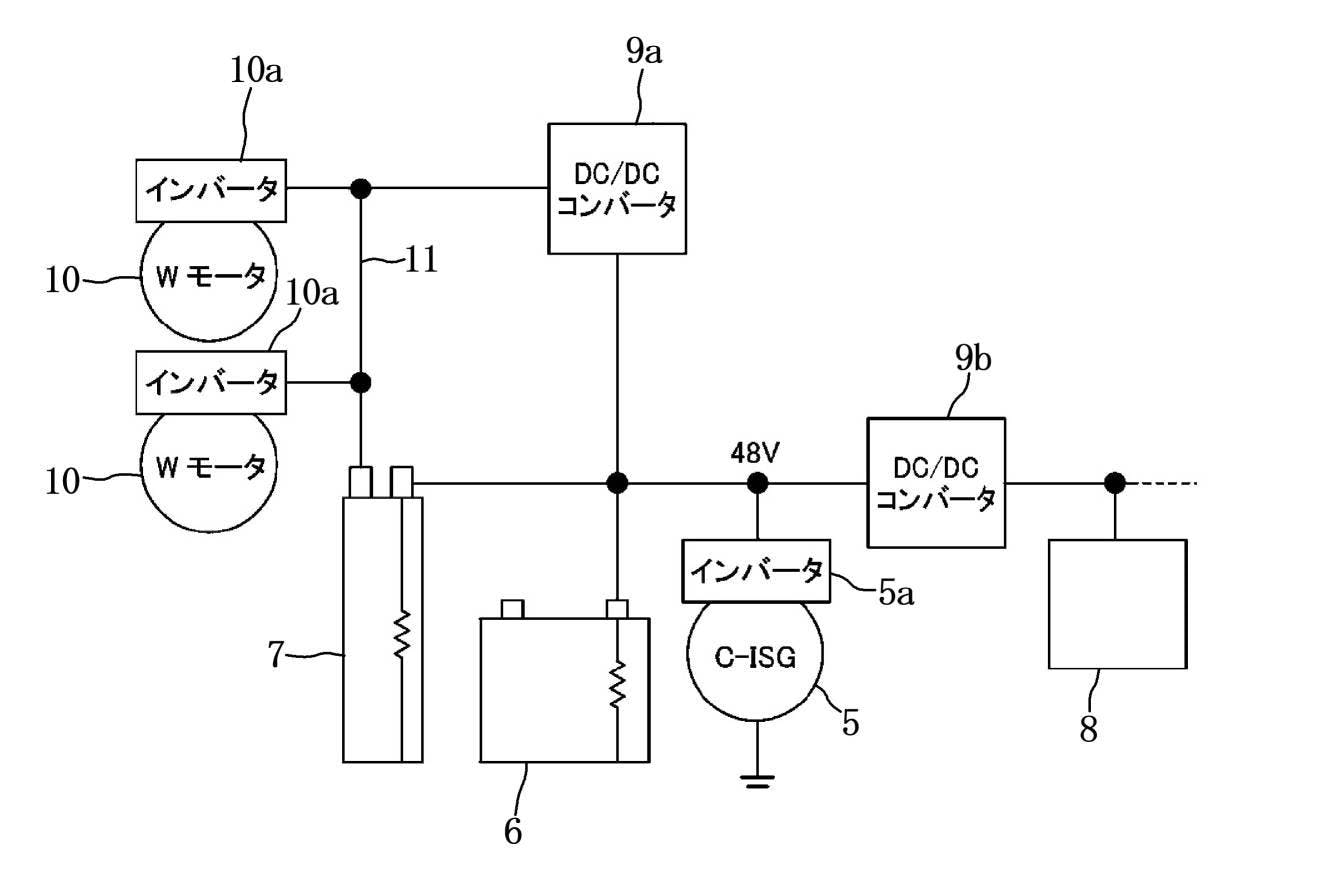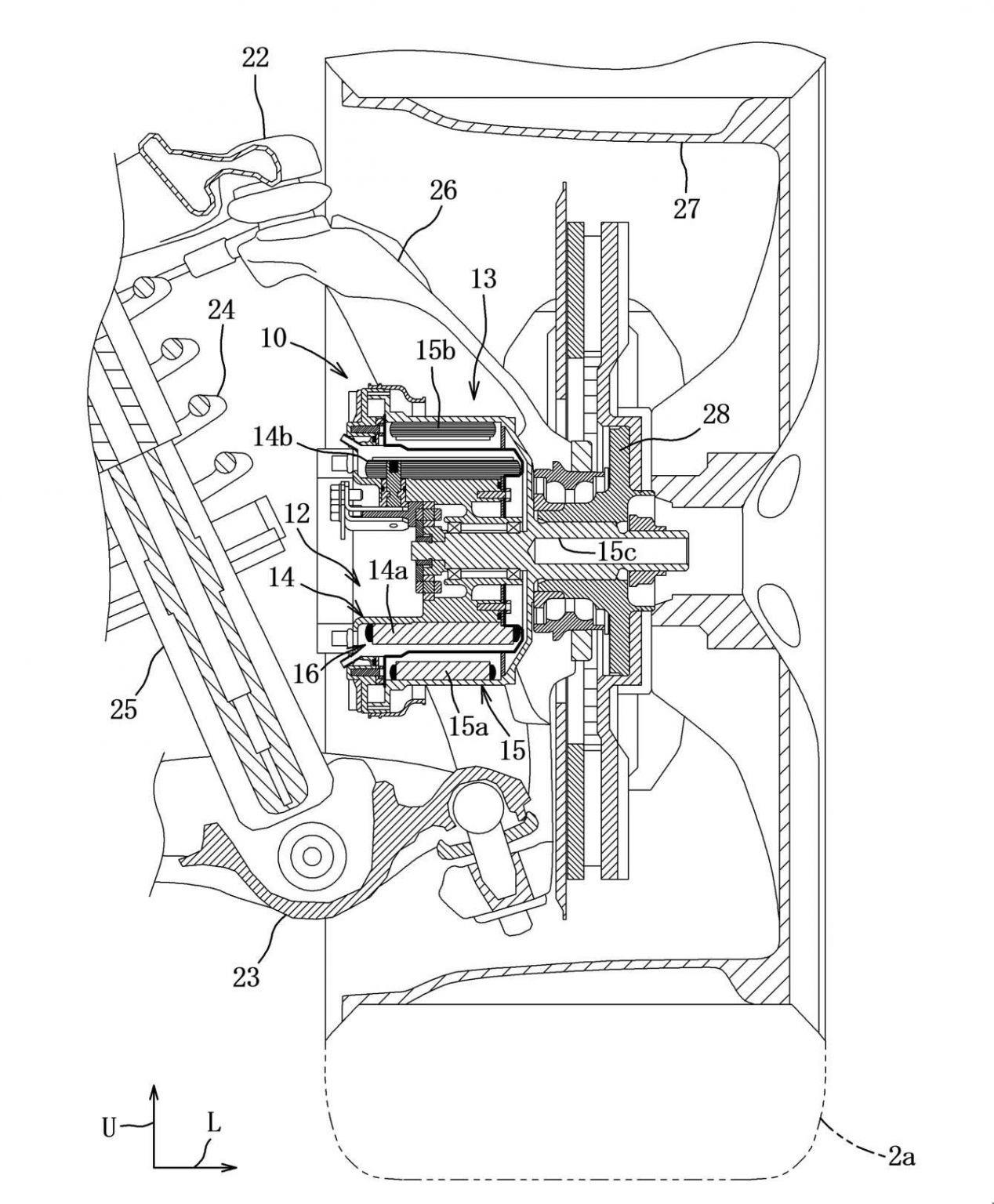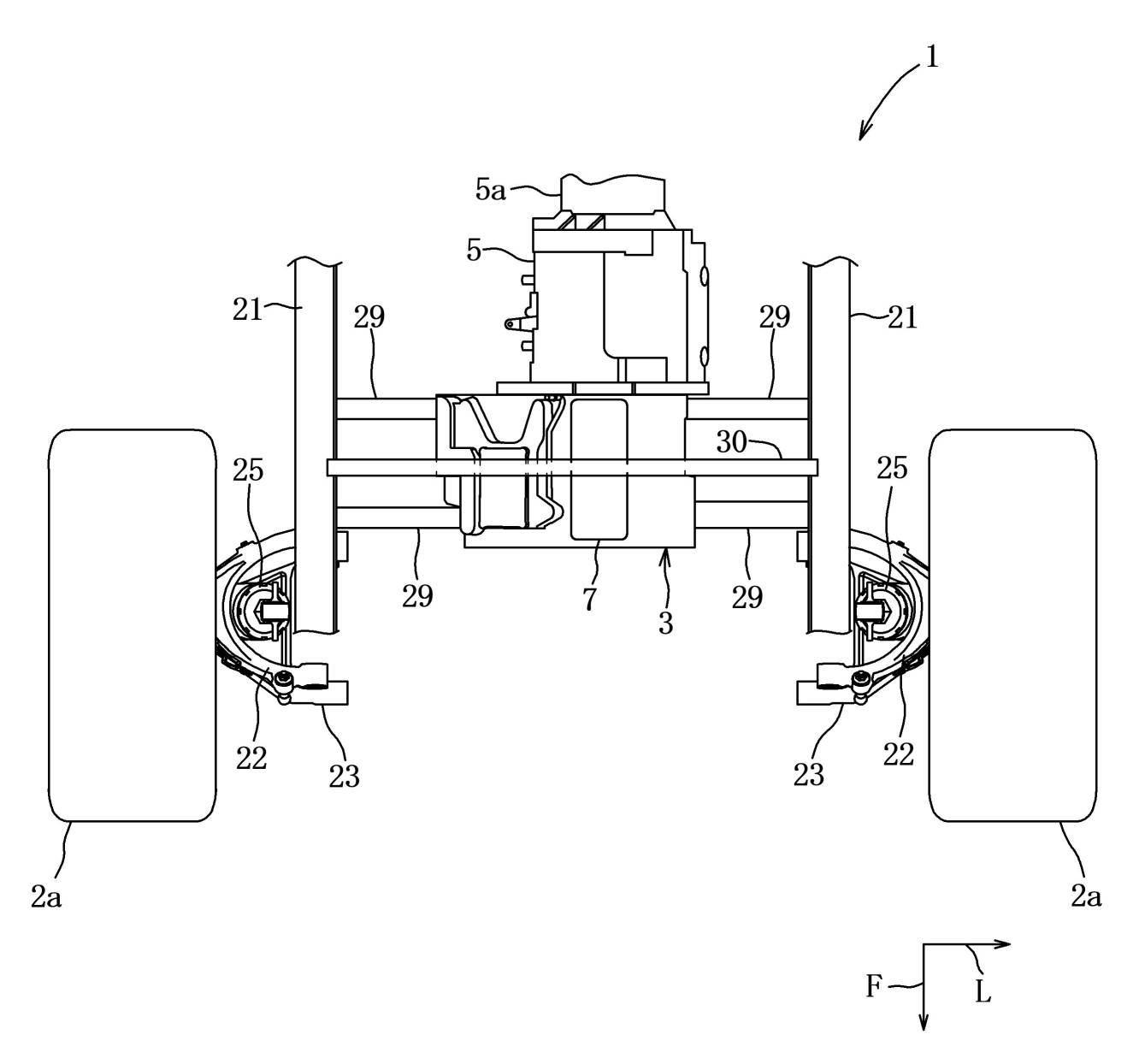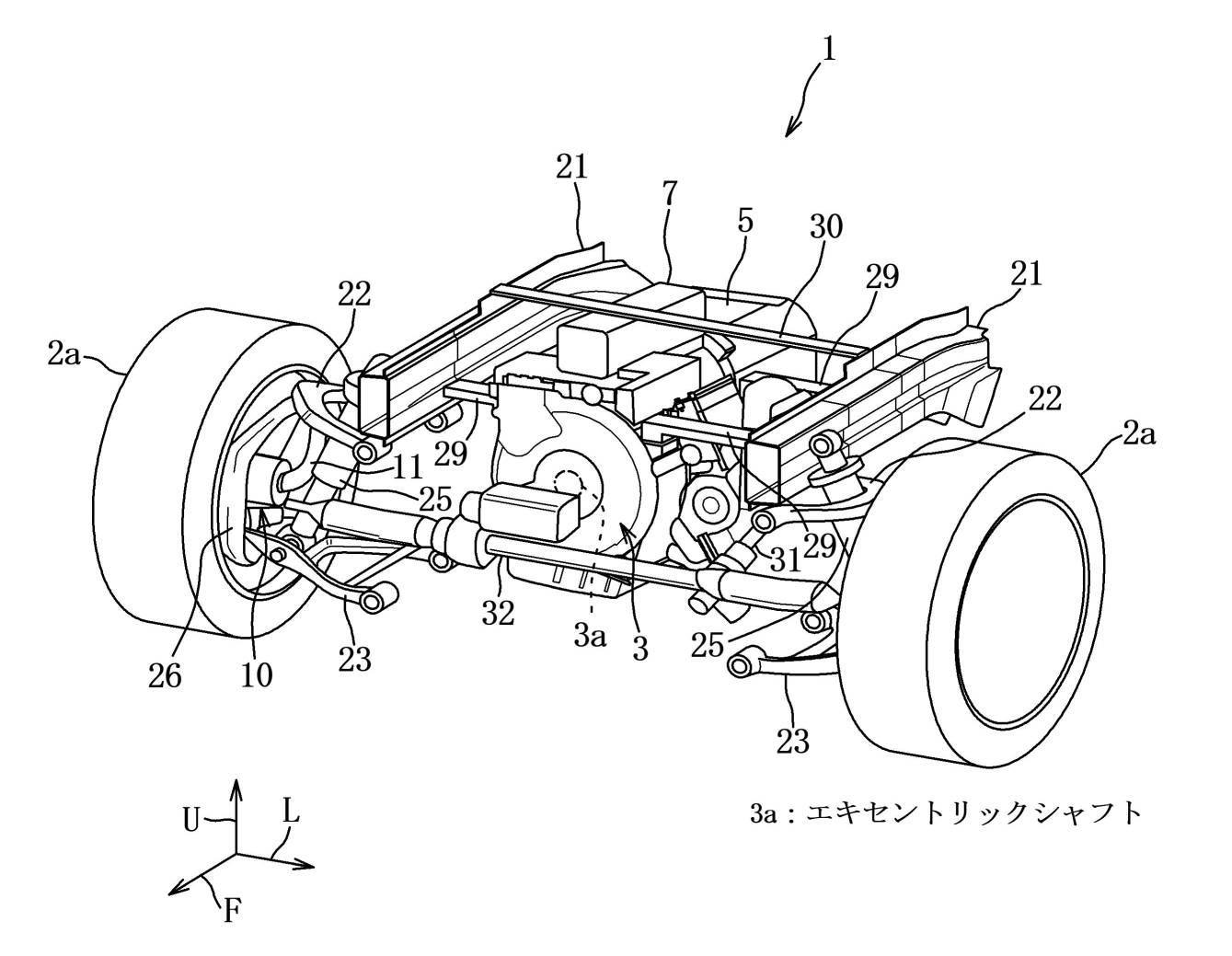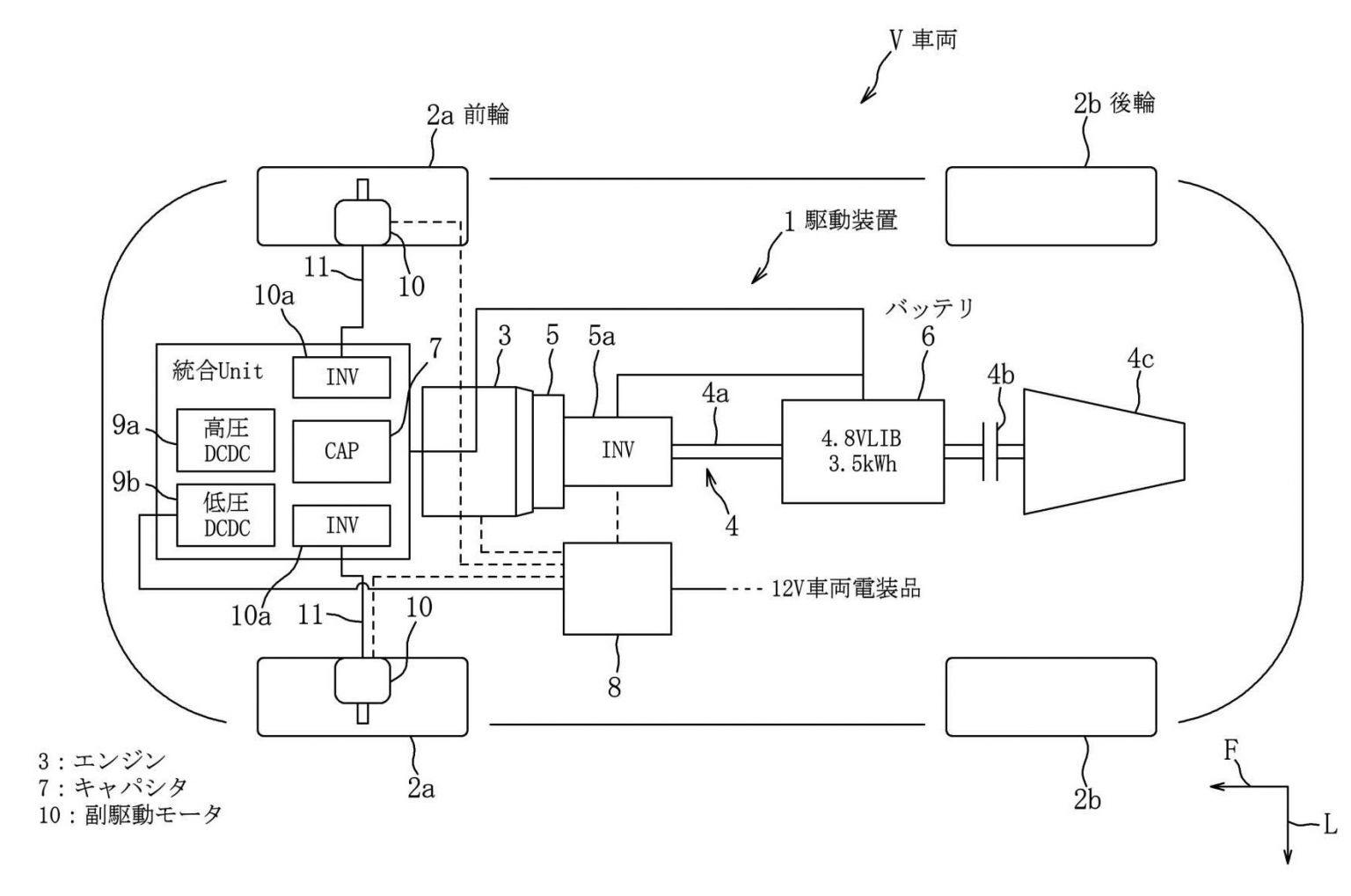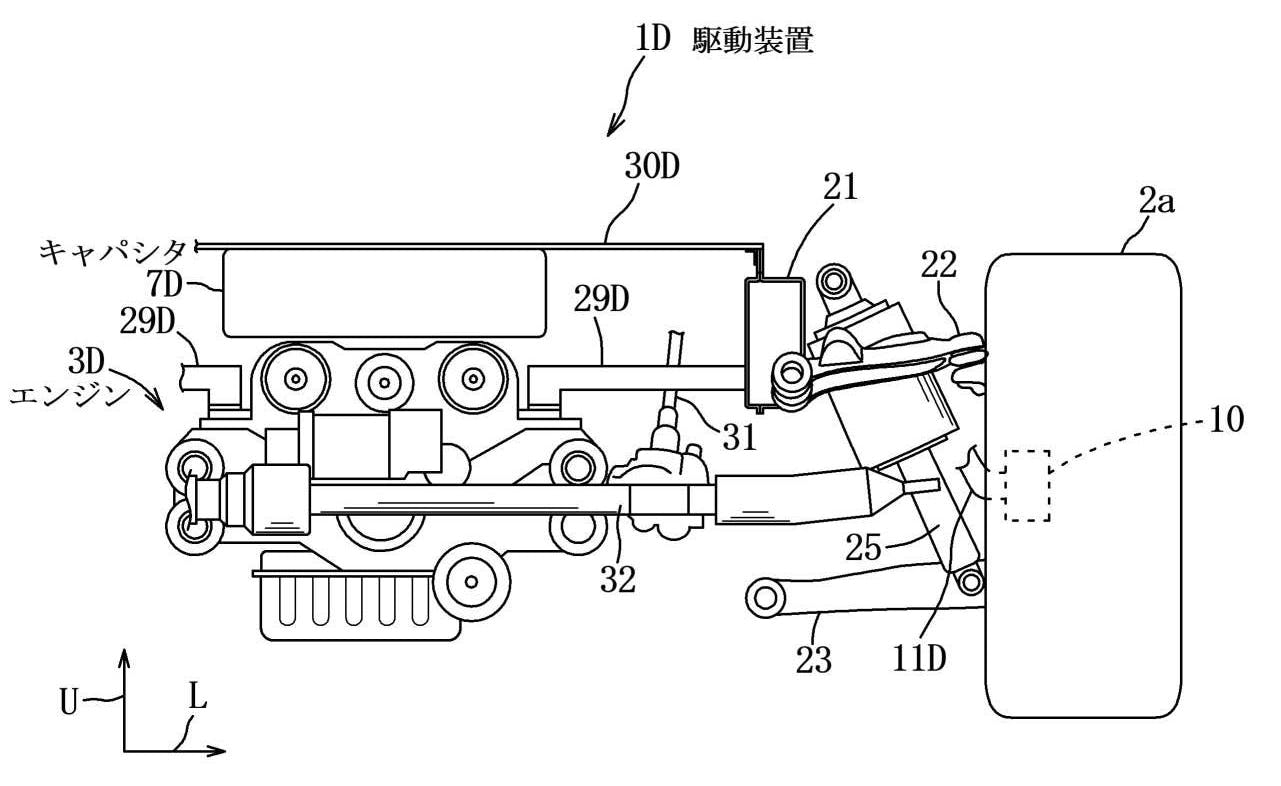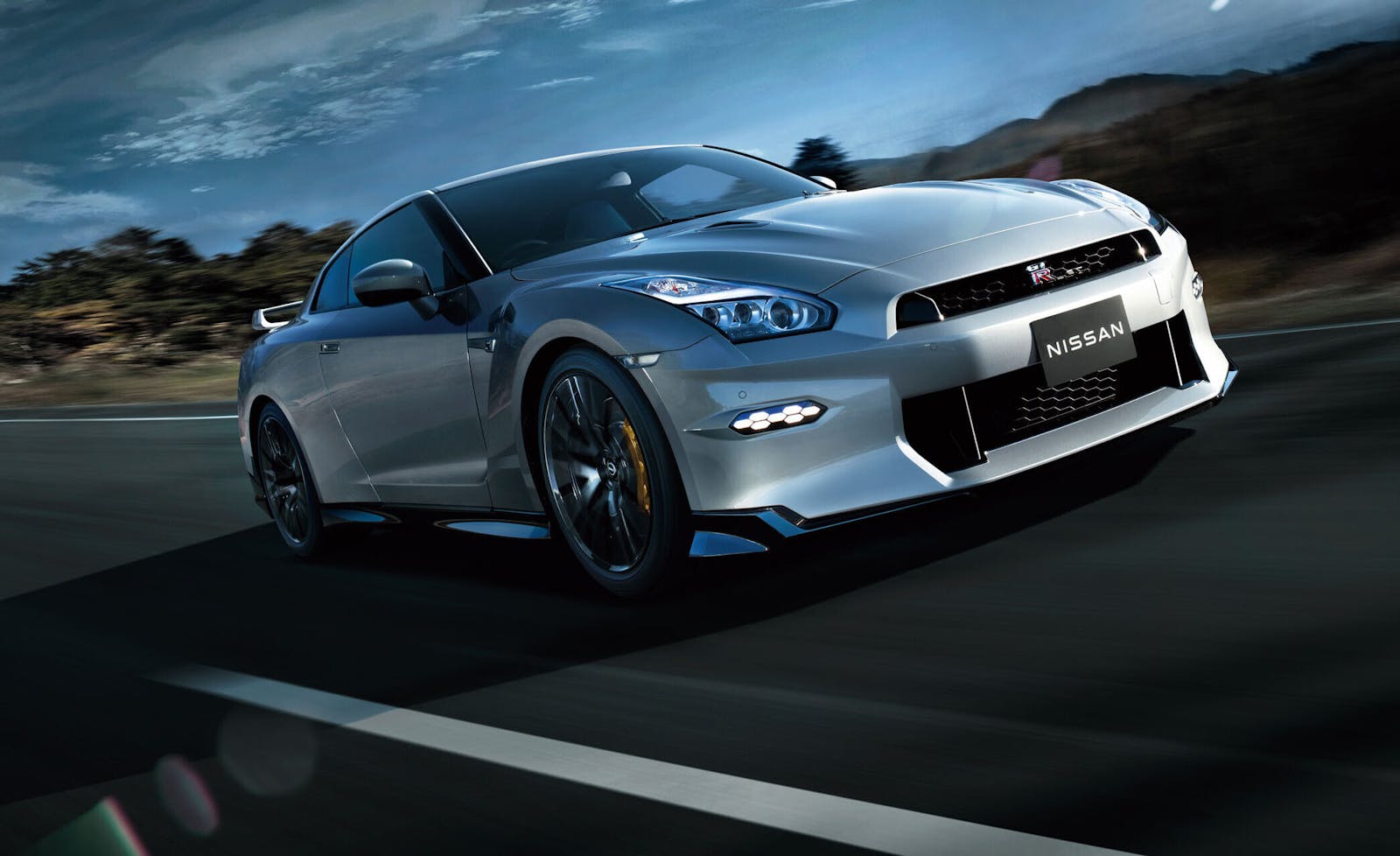Media | Articles
Mazda’s latest patent details a flexible capacitor-based hybrid system
Mazda won’t fool me again with its seemingly endless rotary teasers. However, the company’s latest patent filing confirms that its planned capacitor-based hybrid system would work best with a compact rotary engine. On top of that, this three-inverter 120/48/12-volt triple system—using a combination of a capacitor and a small battery pack—is also suitable for powertrains with an inline-four, or even a small-displacement V-configuration engine.
Mazda might be focusing on its upcoming straight-six, turbo-powered, rear-wheel-drive hybrid models, but a whole range of electrified Mazdas will follow the new 6 and the MX-30 EV, not to mention the possible halo car (RX-9) that should pave the way for Mazda’s upmarket move. Given that this patent found by Japanese Mazda blog T’s Media shows a front-engine, rear-wheel-drive powertrain, we might just be looking at a future hybrid all-wheel-drive sports car here.
With two electric motors on the front axle, a capacitor on top of the engine, and a 25-kilowatt permanent magnet synchronous motor driving the rear (along with the combustion engine), Mazda believes a small battery pack is enough to supply electric power to the capacitor when it’s temporarily out of juice. To compare, the reason why Lamborghini wouldn’t use the supercapacitor found in the limited-edition Sián FKP 37 for the Aventador’s successor is that these devices don’t have the energy density for storing enough electricity to give you any EV range. A capacitor is light and can discharge rapidly for a boost when you most need the extra power. Things only get more complicated from here, though.
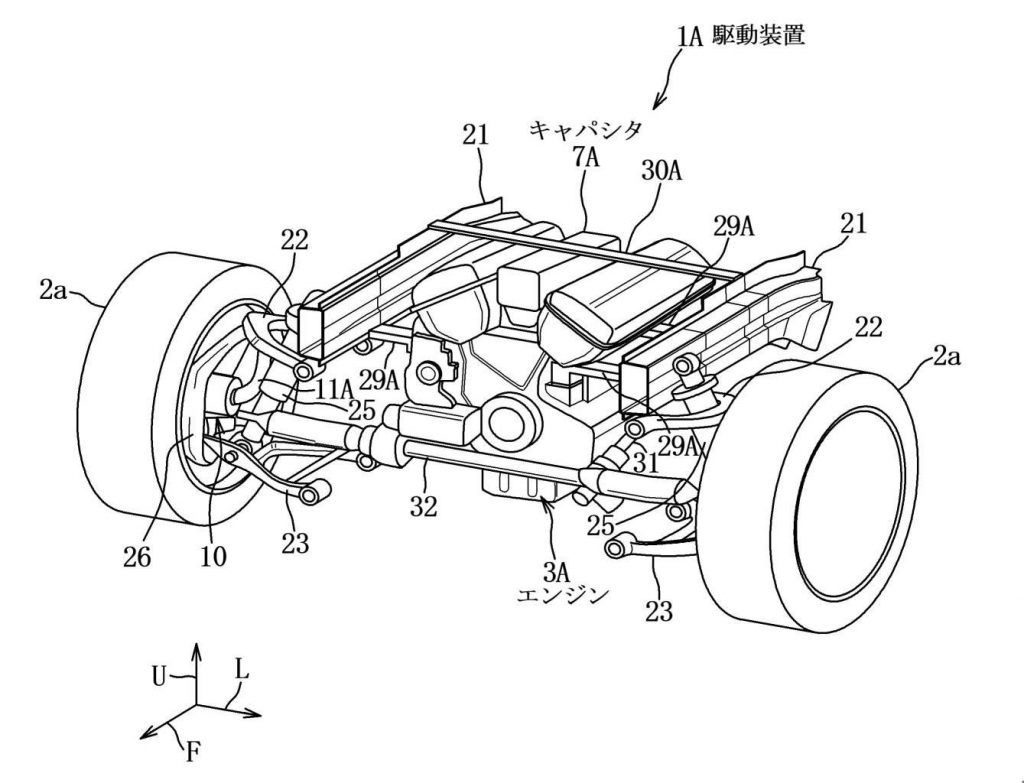
Mazda wants to put small motors into the wheel hubs—instead of at the end of the axles—to reduce unsprung mass, with those motors connected to a double-layer capacitor operating at 120 volts. High-voltage means higher power at lower currents, requiring less wiring and winding, and thus shreds weight. As Automobile points out, because of leverage, mounting electric motors to the wheel hubs results in less torque as well. To use 12-, 24- and 120-volt subsystems together, this future hybrid will also need to pack three inverters, including one attached to the main motor located between the flywheel-less combustion engine and the driveshaft. The tiny 3.5 kWh lithium-ion battery pack is housed in the driveshaft tunnel, which suggests a transaxle layout for the eight-speed automatic gearbox.
All this results in an e-AWD hybrid powertrain still retaining a combustion engine of sorts, with a rotary powerplant being the most compact solution of them all. If the MX-30 ends up getting a small rotary as a range-extender, could that technology make it into Mazda’s next big shot? Dig deep into these filings, and try to guess that yourself:
Marketplace
Buy and sell classics with confidence
